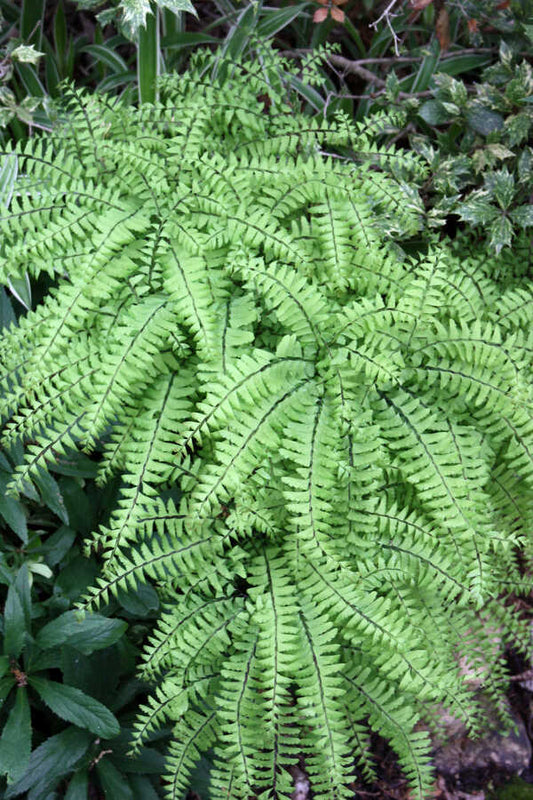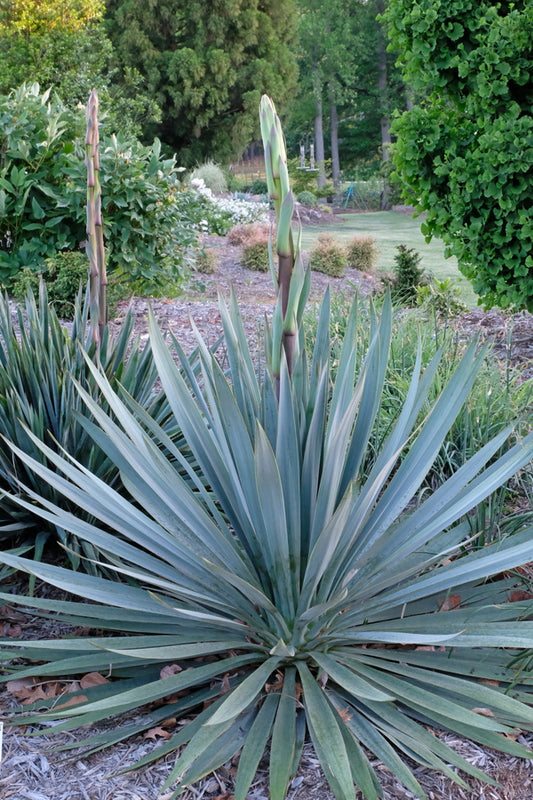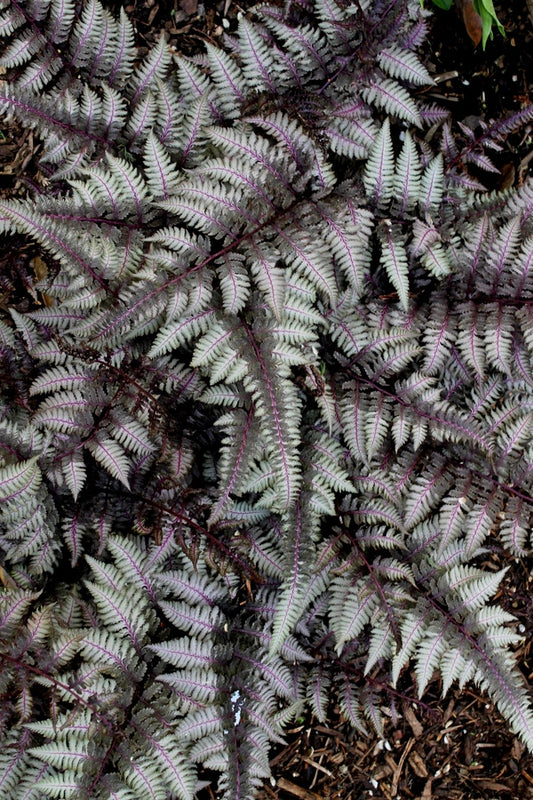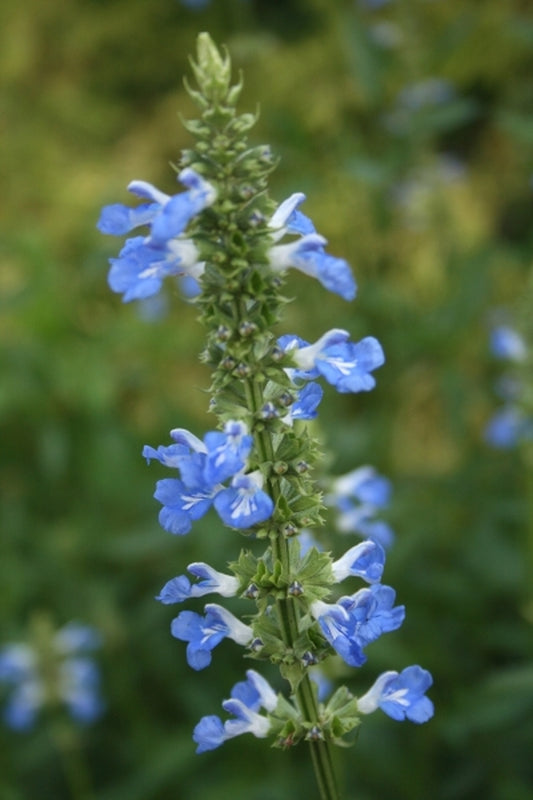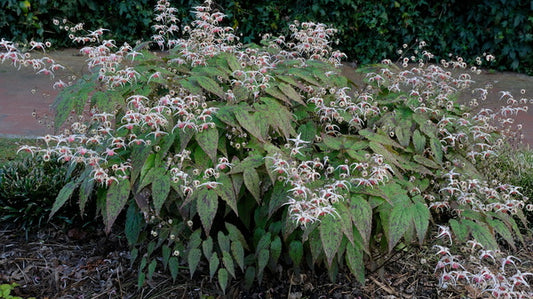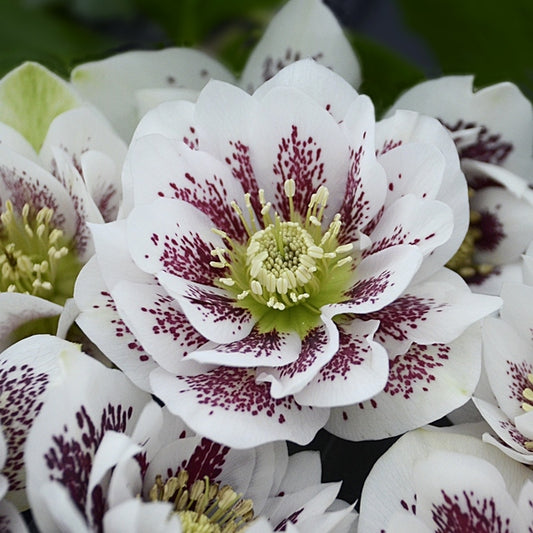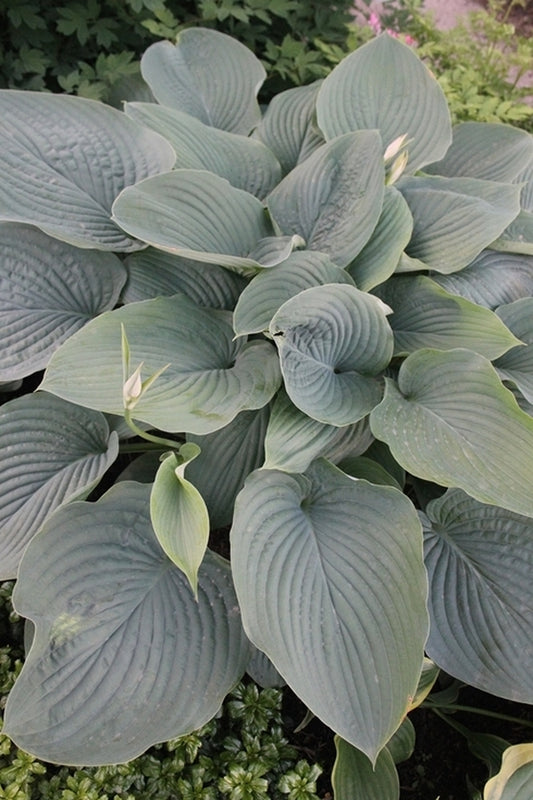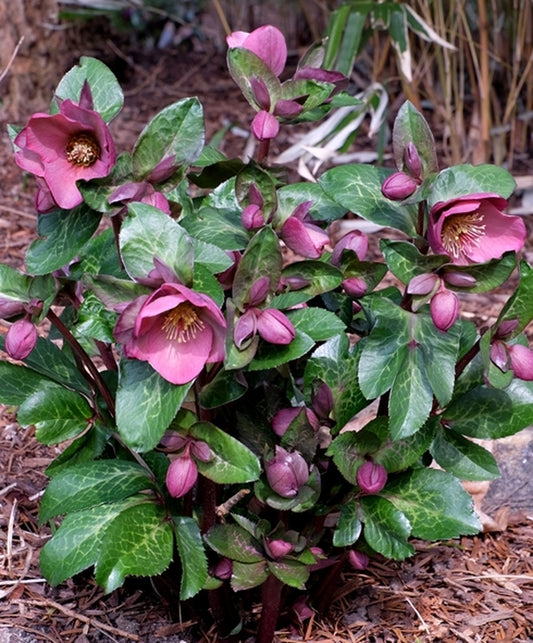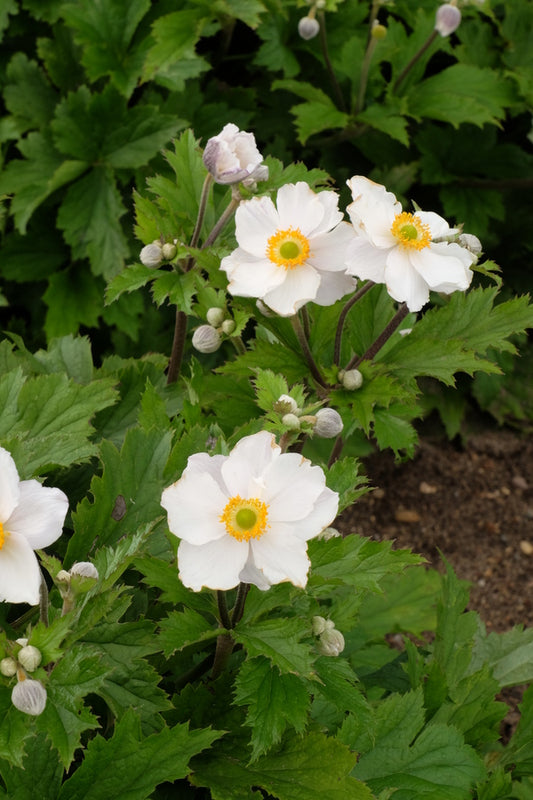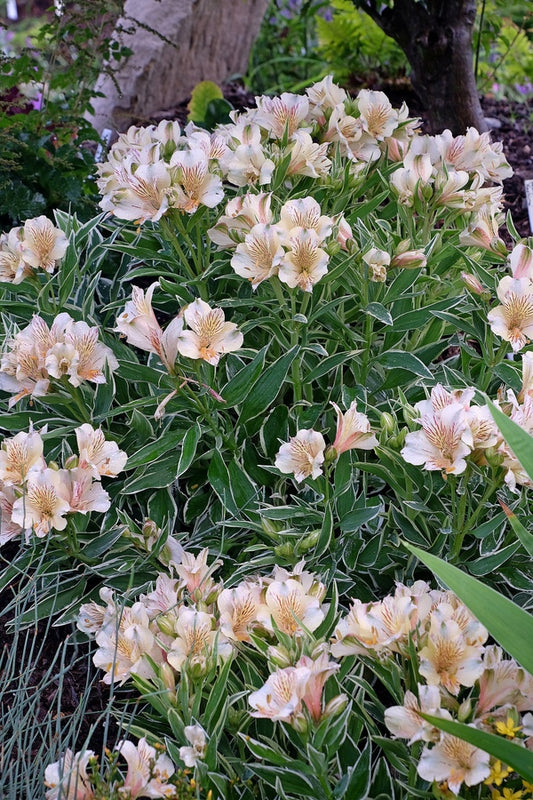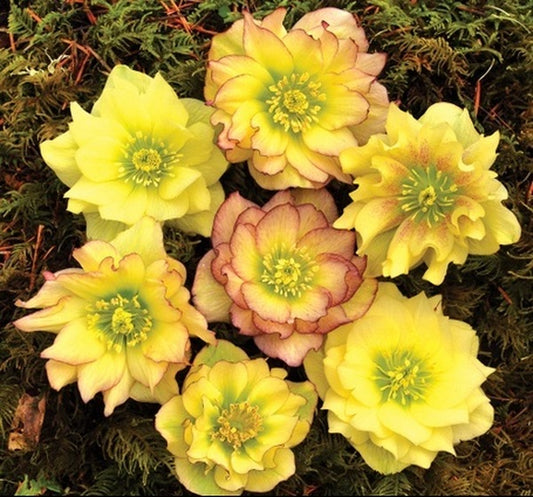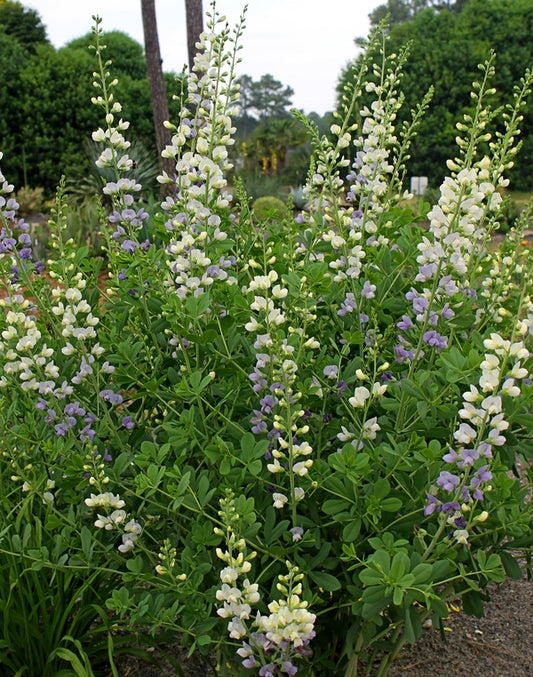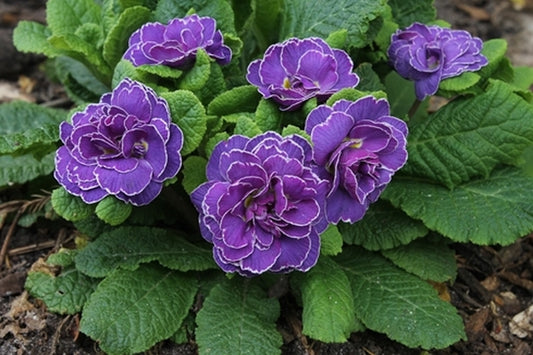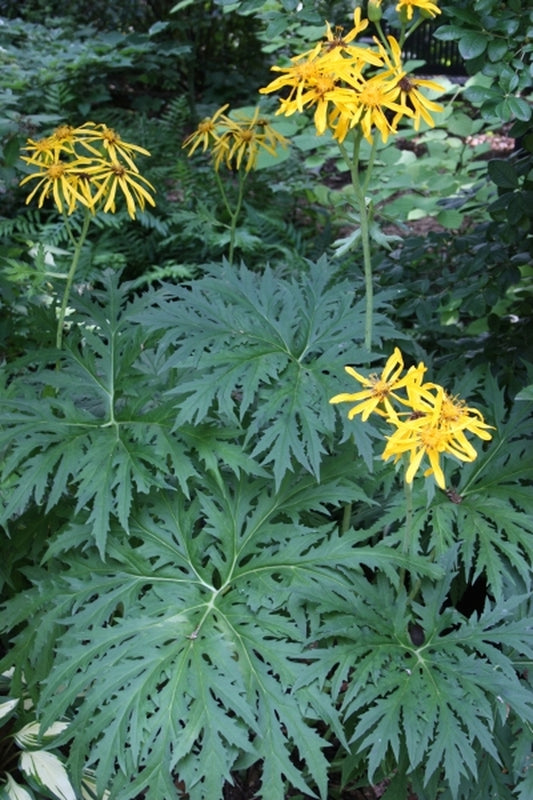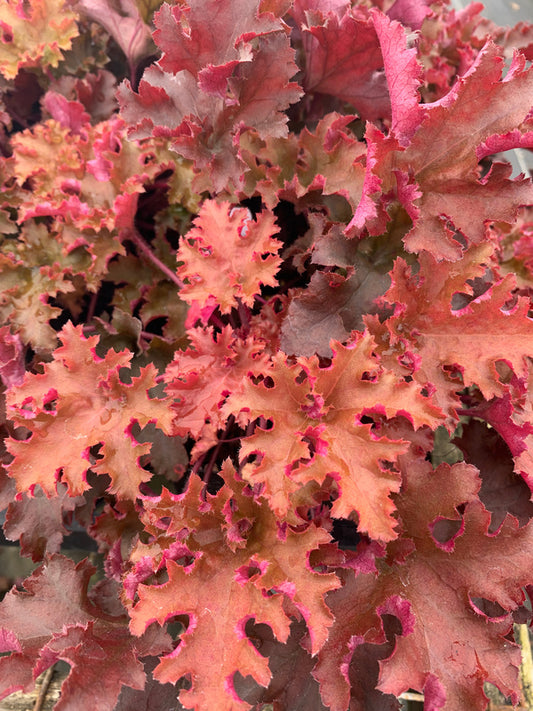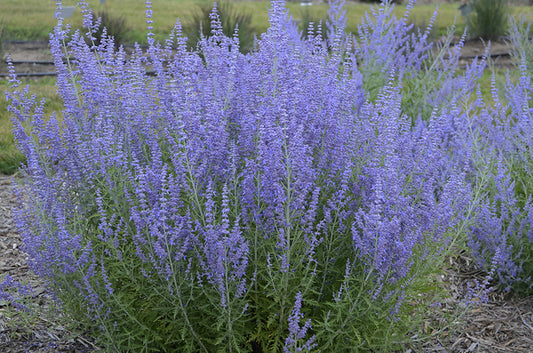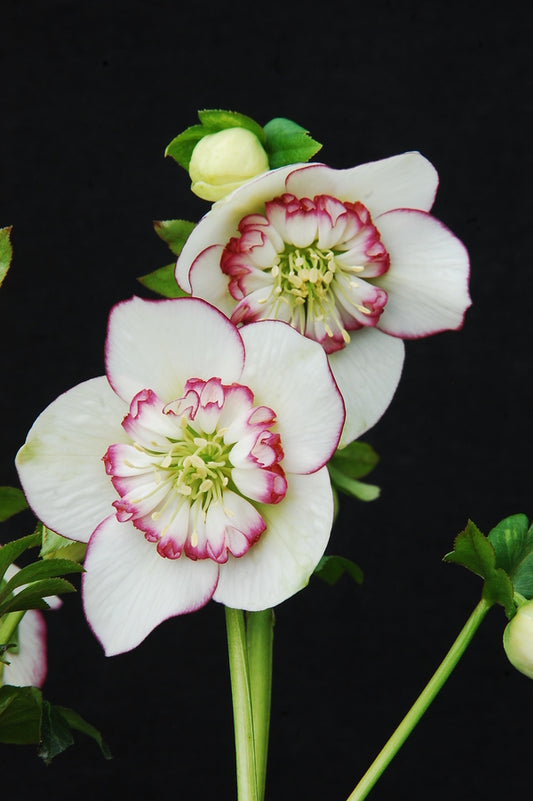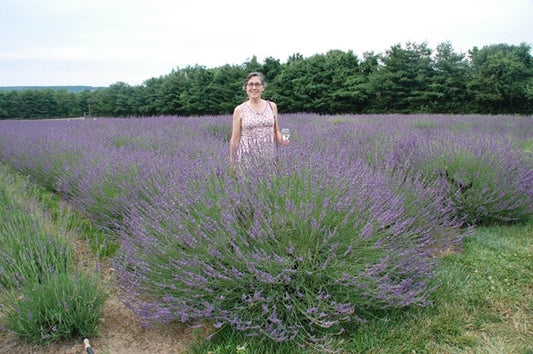Before shopping for plants based on your USDA Plant Hardiness Zone, please read our in-depth article about Plant Hardiness Zone Maps to understand their uses and their limitations.
Use the official USDA Hardiness Zone Map to determine your zone by zip code.
-
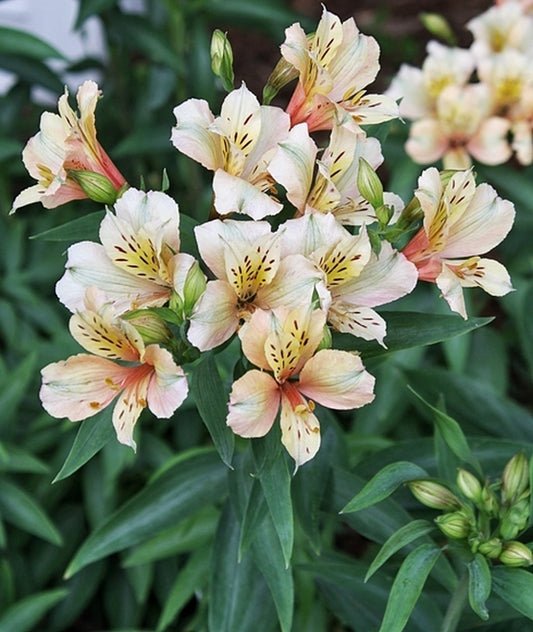 Sold out
Sold outAlstroemeria 'Koice'
Item #: 9113
Zones: 6a to 9b
Dormancy: Winter
Height: 40" tall
Culture: Sun to Part Sun
Origin: Hybrid
Pot Size: 3.5" pot (24 fl. oz/0.7 L)
Regular price $29.00Regular priceUnit price per -
Adiantum pedatum
Item #: 320
Zones: 3a to 8b
Dormancy: Winter
Height: 24" tall
Culture: Part Sun to Light Shade
Origin: Canada, United States
Pot Size: 3.5" pot (24 fl. oz/0.7 L)
Regular price $23.00Regular priceUnit price per -
Acanthus hungaricus
Item #: 3496
Zones: 6a to 8b, possibly colder
Dormancy: Winter
Height: 18" tall
Culture: Part Sun to Shade
Origin: Southeast Europe
Pot Size: 3.5" pot (24 fl. oz/0.7 L)
Regular price $27.00Regular priceUnit price per -
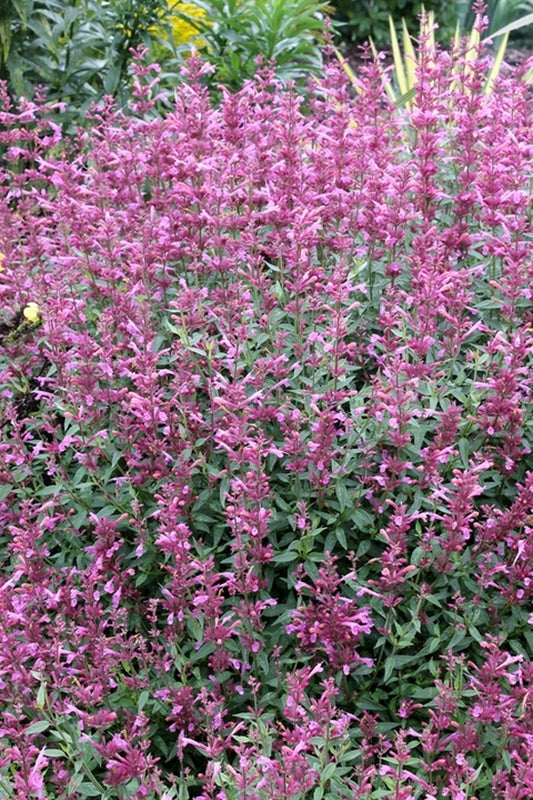 Sold out
Sold outAgastache 'Rosie Posie' PP 25,857
Item #: 10636
Zones: 5a to 8b
Dormancy: Winter
Height: 24" tall
Culture: Sun
Origin: United States Hybrid
Pot Size: 3.5" pot (24 fl. oz/0.7 L)
Regular price $20.00Regular priceUnit price per -
Yucca 'Silver Anniversary' PP 31,437
Item #: 12621
Zones: 5b to 10b, at least
Dormancy: Evergreen
Height: 24" tall
Culture: Sun to Part Sun
Origin: United States Hybrid
Pot Size: 3.5" pot (24 fl. oz/0.7 L)
Regular price $27.00Regular priceUnit price per -
Athyrium niponicum 'Burgundy Lace'
Item #: 5105
Zones: 4a to 8b
Dormancy: Winter
Height: 18" tall
Culture: Part Sun to Light Shade
Origin: China, Japan
Pot Size: 3.5" pot (24 fl. oz/0.7 L)
Regular price $23.00Regular priceUnit price per -
Salvia uliginosa
Item #: 1091
Zones: 6a to 10b
Dormancy: Winter
Height: 55" tall
Culture: Sun to Part Sun
Origin: Argentina, Brazil, Uruguay
Pot Size: 3.5" pot (24 fl. oz/0.7 L)
Regular price $21.00Regular priceUnit price per -
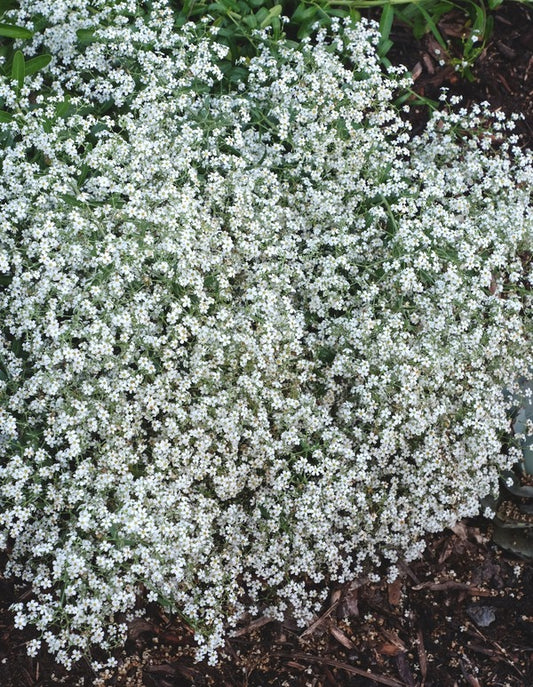 Sold out
Sold outEuphorbia corollata 'Carolina Snow'
Item #: 4316
Zones: 3a to 9b
Dormancy: Winter
Height: 18" tall
Culture: Sun to Part Sun
Origin: United States
Pot Size: 3.5" pot (24 fl. oz/0.7 L)
Regular price $22.00Regular priceUnit price per -
Epimedium 'Pink Champagne'
Item #: 8936
Zones: 5a to 8b, at least
Dormancy: Evergreen
Height: 24" tall
Culture: Part Sun to Light Shade
Origin: Hybrid
Pot Size: 3.5" pot (24 fl. oz/0.7 L)
Regular price $35.00Regular priceUnit price per -
Helleborus x hybridus 'Confetti Cake'
Item #: 13123
Zones: 4a to 8b
Dormancy: Evergreen
Height: 18" tall
Culture: Part Sun to Light Shade
Origin: Hybrid
Pot Size: 3.5" pot (24 fl. oz/0.7 L)
Regular price $27.00Regular priceUnit price per -
Hosta 'Empress Wu' PP 20,774
Item #: 2863
Zones: 3a to 8b
Dormancy: Winter
Height: 48" tall
Culture: Part Sun to Light Shade
Origin: Hybrid
Pot Size: 3 qt. (2.8 L)
Regular price $30.00Regular priceUnit price per -
Helleborus x iburgensis 'Penny's Pink' PP 24,149
Item #: 7365
Zones: 5a to 8b, at least
Dormancy: Evergreen
Height: 14" tall
Culture: Part Sun to Light Shade
Origin: Hybrid
Pot Size: 3.5" pot (24 fl. oz/0.7 L)
Regular price $29.00Regular priceUnit price per -
Anemone 'Dreaming Swan' PP 27,384
Item #: 13578
Zones: 6a to 8b, probably colder
Dormancy: Winter
Height: 30" tall
Culture: Sun to Light Shade
Origin: Hybrid
Pot Size: 3.5" pot (24 fl. oz/0.7 L)
Regular price $22.00Regular priceUnit price per -
Alstroemeria 'Princess Fabiana'
Item #: 9555
Zones: 6a to 8b, at least
Dormancy: Winter
Height: 10" tall
Culture: Sun to Part Sun
Origin: Hybrid
Pot Size: 3.5" pot (24 fl. oz/0.7 L)
Regular price $29.00Regular priceUnit price per -
Euphorbia 'Nothowlee'
Item #: 7575
Zones: 6a to 9b
Dormancy: Evergreen
Height: 18" tall
Culture: Sun to Part Sun
Origin: Hybrid
Pot Size: 3.5" pot (24 fl. oz/0.7 L)
Regular price $21.00Regular priceUnit price per -
Helleborus x hybridus 'Golden Lotus'
Item #: 8474
Zones: 4a to 8b
Dormancy: Evergreen
Height: 15" tall
Culture: Part Sun to Light Shade
Origin: Hybrid
Pot Size: 3.5" pot (24 fl. oz/0.7 L)
Regular price $29.00Regular priceUnit price per -
Baptisia 'Lunar Eclipse' PP 25,875
Item #: 6077
Zones: 4a to 9b, at least
Dormancy: Winter
Height: 36" tall
Culture: Sun
Origin: United States Hybrid
Pot Size: 3.5" pot (24 fl. oz/0.7 L)
Regular price $24.00Regular priceUnit price per -
Primula vulgaris 'Belarina Amethyst Ice'
Item #: 11956
Zones: 5a to 7b, at least
Dormancy: Summer
Height: 7" tall
Culture: Light Shade
Origin: Hybrid
Pot Size: 3.5" pot (24 fl. oz/0.7 L)
Regular price $20.00Regular priceUnit price per -
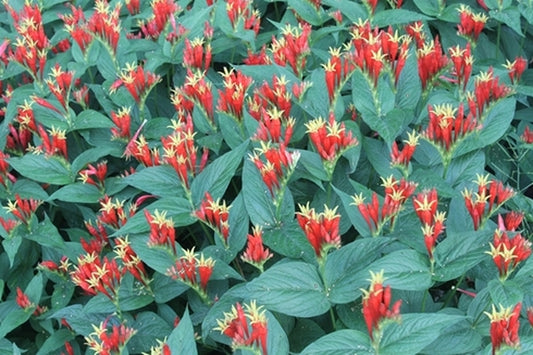 Sold out
Sold outSpigelia marilandica 'Ragin Cajun'
Item #: 8718
Zones: 5a to 9b
Dormancy: Winter
Height: 20" tall
Culture: Sun to Light Shade
Origin: United States
Pot Size: 3.5" pot (24 fl. oz/0.7 L)
Regular price $28.00Regular priceUnit price per -
Ligularia japonica 'Chinese Dragon'
Item #: 9018
Zones: 4a to 8b, at least
Dormancy: Winter
Height: 36" tall
Culture: Part Sun to Light Shade
Origin: China
Pot Size: 3.5" pot (24 fl. oz/0.7 L)
Regular price $26.00Regular priceUnit price per -
Heuchera 'Zipper' PP 25,428
Item #: 12729
Zones: 4a to 8a
Dormancy: Evergreen
Height: 8" tall
Culture: Part Sun to Light Shade
Origin: United States Hybrid
Pot Size: 3.5" pot (24 fl. oz/0.7 L)
Regular price $22.00Regular priceUnit price per -
Perovskia atriplicifolia 'Blue Jean Baby' PP 29,281
Item #: 13502
Zones: 4a to 8b, possibly colder
Dormancy: Winter
Height: 34" tall
Culture: Sun
Origin: Afghanistan, China, Himalayan Mountains, Pakistan, Turkey
Pot Size: 3.5" pot (24 fl. oz/0.7 L)
Regular price $21.00Regular priceUnit price per -
Helleborus x hybridus 'Picotee Pearl'
Item #: 15879
Zones: 4a to 8b
Dormancy: Evergreen
Height: 15" tall
Culture: Part Sun to Light Shade
Origin: Hybrid
Pot Size: 3.5" pot (24 fl. oz/0.7 L)
Regular price $32.00Regular priceUnit price per -
Lavandula x intermedia 'Phenomenal' PP 24,193
Item #: 6216
Zones: 4a to 7b, at least
Dormancy: Evergreen
Height: 30" tall
Culture: Sun
Origin: Hybrid
Pot Size: 3.5" pot (24 fl. oz/0.7 L)
Regular price $22.00Regular priceUnit price per
More Information About Plants for Zone 6
Zone 6a and Zone 6b Plants
Many of the perennial plants in our catalog are well-suited for Zones 6a or 6b. Some of our favorite species of acanthus, achillea, agapanthus, agastache, baptisia, brunnera, buddleia, carex, chrysanthemum, coreopsis, delosperma, dentaria, dianthus, echinacea, epimedium, euphorbia, geranium, heuchera, hosta, kniphofia, lilium, lycoris, monarda, paeonia, phlox, polygonatum, podophyllum, rohdea, salvia, solidago and more can survive Zone 4 winter temperatures. Be sure to read how we assign hardiness zones to our plants.
The USDA Plant Hardiness Zone Map is based on the average annual minimum winter temperature, divided into 10-degree F zones. Each zone is then subdivided into 5-degree F sub-zones. Zone numbers increase as you move from north to south.
Zone 6a annual minimum winter temperatures should be -10 to -5 °F (-23.3 to -20.6 °C). Zone 6b annual minimum temperatures should be -5 to 0 °F (-20.6 to -17.8 °C). Keep in mind that the zone designation does not tell you how many days the area may reach those average minimums. There can also be a major difference between what plants will grow in the 'a' or 'b' sub-zones.



